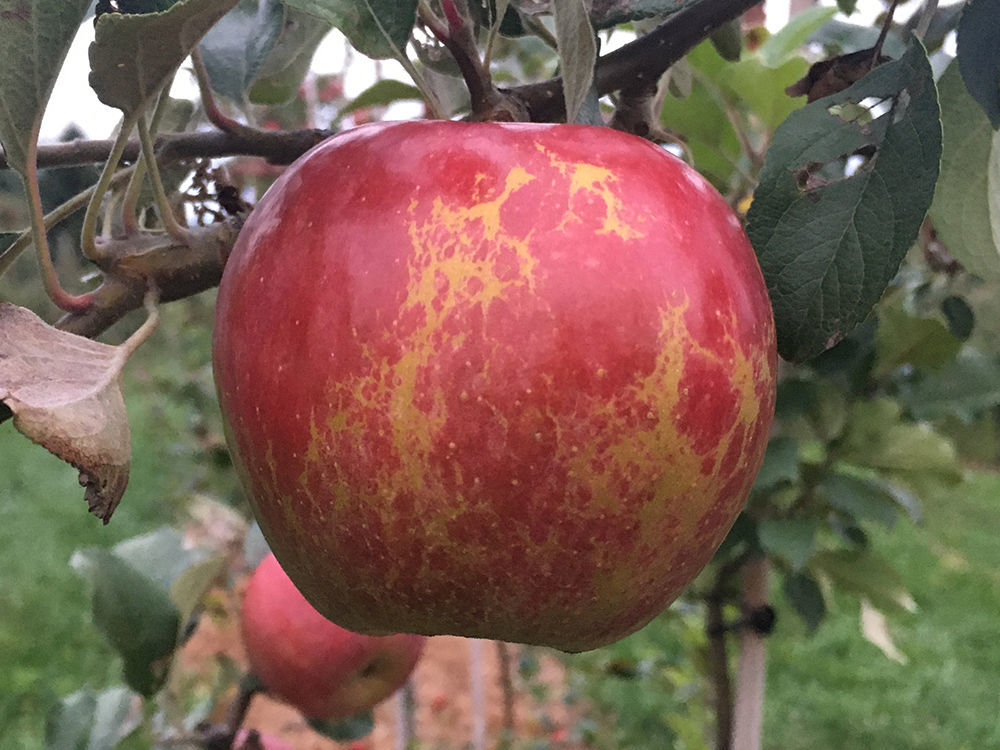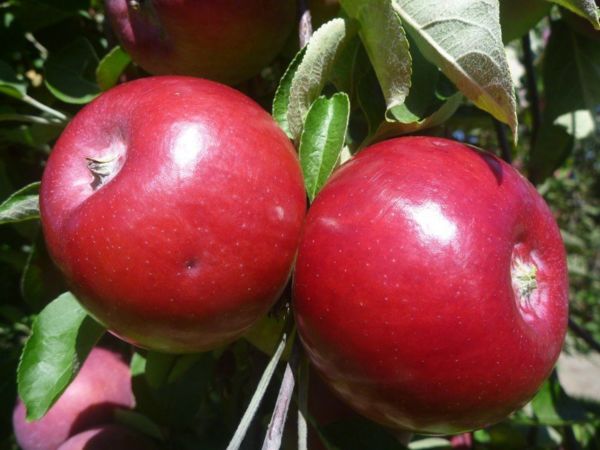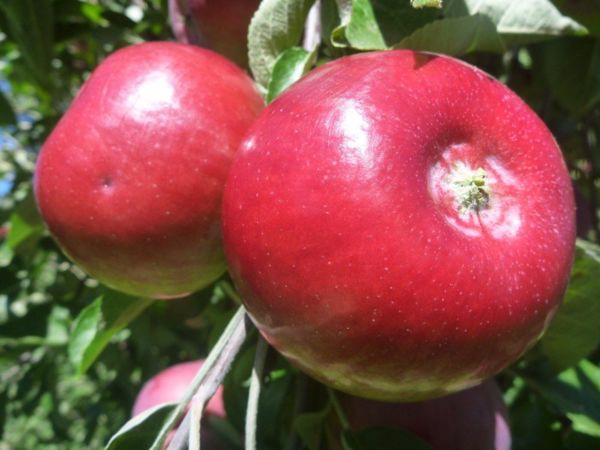An attractive, highly disease-resistant apple, ideal for organic growers.
Sweet Sixteen Apple on B.118 (Spring 2024)
A high-quality, cold-hardy, disease-resistant dessert apple with a unique flavor. Also known as MN 1630.
Sweet Sixteen is a great choice for northern climates: it is cold hardy to zone 3 and somewhat resistant to fireblight, scab, and cedar-apple rust. The tree is vigorous with a very upright habit that can benefit from spreading. Otherwise it is generally easy to manage and a reliable annual cropper.
This apple is one of our favorites in the U-pick orchard. Over the years it has steadily acquired a loyal following as more and more of our customers fall in love with the unique flavor of Sweet Sixteen. While Honeycrisp wins for texture, I would say that Sweet Sixteen is the most remarkable of the modern apples in terms of flavor. The apple is medium-large, blushed and striped rose-red, and speckled with pale lenticels. The flesh is crisp and distinctly yellow, almost golden. Although it has enough acid in it to be well balanced, attempts to describe the flavor of Sweet Sixteen almost always resort to comparisons from the candy aisle. Sweet Sixteen tastes like bubblegum and cherry Life Savers say some tasters. We say it tastes like raspberry Twizzlers. The sweetness is "showy," and needless to say, children love this apple. While it stores passably for about six weeks, Sweet Sixteen is best eaten fresh off the tree.
A cross of Northern Spy and MN 447 (open-pollinated Malinda), Sweet Sixteen gets its cold hardiness from both parents. It was developed by the famed and talented plant breeder W. H. Alderman, who once wrote "Science may accelerate natural cycles to some extent, but breeding, selecting, and testing new fruits is not a job for the impatient." Given that Sweet Sixteen was released in 1974 and is only now starting to gain recognition, truer words could not have been said.
The Fruit
Fruit Type
Category: Apple
Subcategory:
Disease-Resistant, Cold-Hardy
Fruit Uses & Storage
Uses: fresh eating, baking
Storage duration: one to three months (approximate, depending on storage conditions)
Fruit Appearance
Skin color: red
Flesh color: yellow
Fruit Origins
Parentage: Northern Spy x open-pollinated Malinda
Origin: Minnesota
Introduced in: 1978
Introduced by: W. H. Alderman; University of Moinnesota
The Environment
Calendar & Geography
USDA zones: 3 - 7
Chill hours: Not yet determined
Ripening date: Sep 22 (approximate, in New York State) + 7 days after McIntosh
Tree Height & Spacing
glossary
Rootstock: B.118 Rootstock
Rootstock size class: Semi-Standard (90% of Standard)
Tree spacing (natural spread of tree): 24'
Good for wildlife planting? N
Diseases & Pests
glossary
Fireblight: Resistant
Apple Scab: Resistant
Cedar-Apple Rust: Resistant
Pollination
Pollination Factors
glossary
Bloom group: 4
Is it self-fertile? N
Is it fertile? Y
Ploidy: Diploid
Rootstock size class:
Semi-Standard (90% of Standard)
Pollination Partners
This table shows the first few results from a full search for pollenizers of Sweet Sixteen Apple on B.118. Please see our Pollenizer Search to run other queries and read how the application uses various factors. Also read more about fruit tree pollination.
See all pollination matches for Sweet Sixteen Apple on B.118
Featured Products
A few things we're loving right now...
A full-flavored, freestone white peach.
One of America's oldest apples, good for storage, baking, and cider.
A widely-grown, large, yellow-fleshed nectarine.












.jpg)




.jpg)




